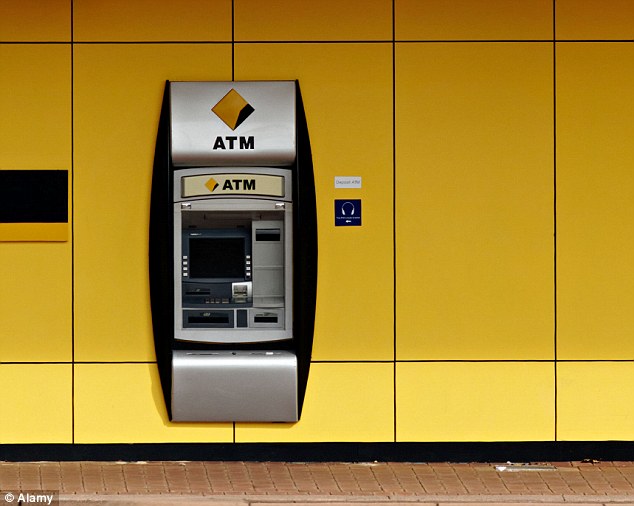CONSUMERS who use ATMs not owned by their own banks paid $660 million in mostly unnecessary fees.
A large chunk of this money could be kept in people’s pockets with some good planning and budgeting.

The fees, known as foreign ATM fees, are those charged by the ATM operator when consumers use an ATM that does not belong to their own bank, or is not in a network arrangement with their bank. The fees usually average $2 or more.
The Australian Bankers’ Association says 40 per cent of all ATM transactions in 2011 were done at a foreign ATM. That figure is likely to be the same today.
“It’s no different from going to a shop and buying a coffee – you’re purchasing a service from someone,” says the ABA’s chief executive, Steven Munchenberg. “You are paying for the convenience.”
He says the best way to avoid these fees is planning and to be aware of where your own bank’s ATMs are located.
“You can also get cash out with Eftpos transactions, particularly at the supermarket.”
Munchenberg says for people who may not always have easy access to their own bank’s ATMs – such as those in outer suburban or regional areas, the answer is to avoid making lots of small transactions.
Legislative changes introduced in 2009 meant ATM customers had to be notified of the foreign ATM fee on the machine’s screen before the transaction was completed, and since then transactions at foreign ATMs have fallen.
Many financial institutions now offer free ATM locator applications for smartphones.


